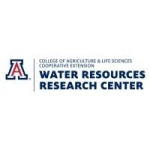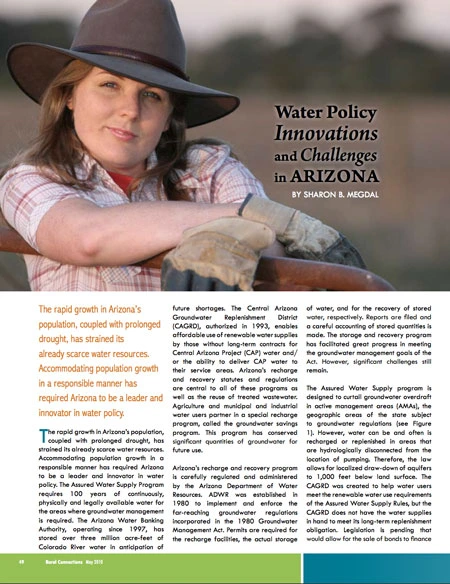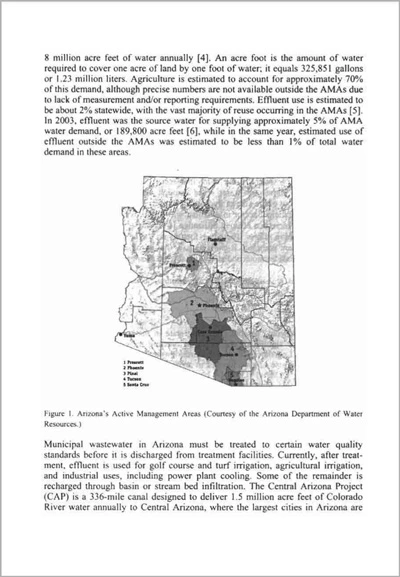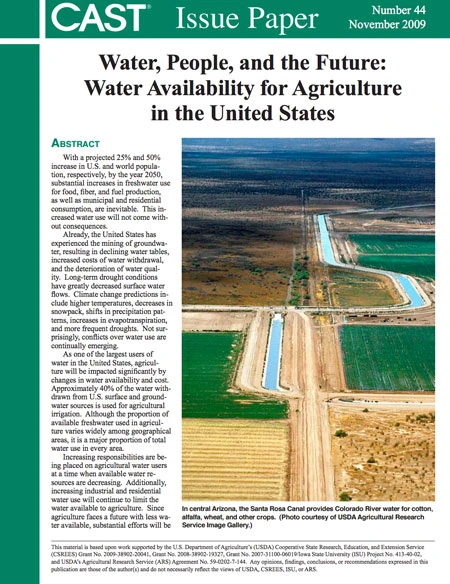Ground-Water Modeling Without Fear

Computerized ground-water modeling has leapt from the cloistered laboratory to the field project as more and more programs are written for the personal computer. These easy-to-understand models can bridge the gap between the intuitive understanding of the scientist and the real-world need of the engineer and regulator. Scientists at Remcor recently simulated the hydrogeology beneath a Superfund site (the Springfield landfill near Springfield, Vt.) with a PC-based model. After reviewing the three dimensional results, the project engineers realized they could downsize their proposed treatment system and still remediate the site effectively. The engineers had suggested that ground water be extracted from the sand and gravel lens and treated with an on-site system that would consist of three wells able to pump 40-60 gpm. Based on the information from monitoring well installation and testing, a detailed three-layer model of the glacial till, an outwash sand and gravel lens, and bedrock was calibrated. The model was developed through MODFLOW from the U.S. Geological Survey. An appropriately constructed model is an important tool in helping someone understand natural processes and systems.




